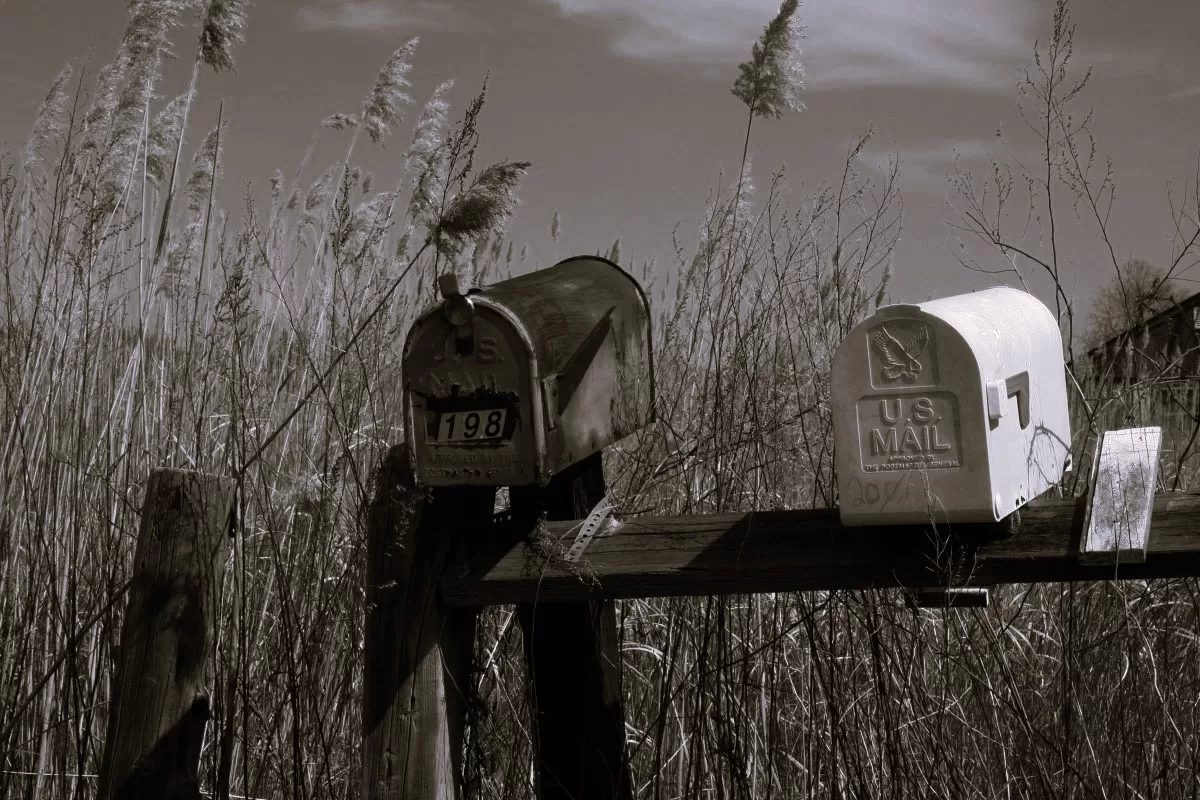The rural mailboxes that marked the turning point to farmhouse laneways dotting the Kansas countryside were landmarks to those wandering the dusty county roads of the Sunflower State. When I was a child, those beacons were the only way to know you had arrived in an era when county roads had not been given street names, farmhouses had no street numbers, no one had GPS, and when mail was still delivered in the country by a rural route number. Rural...

